Monark
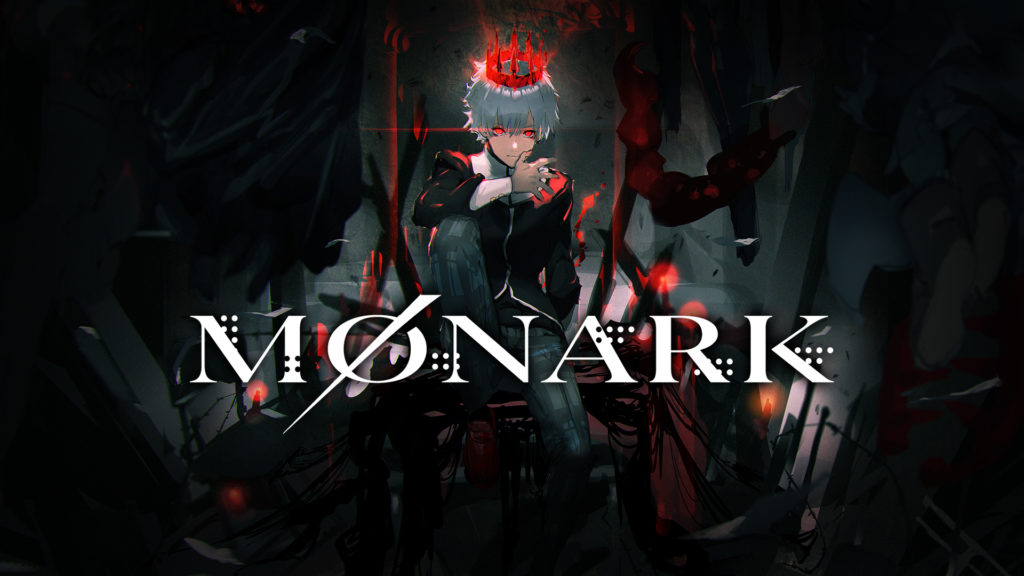
I’ve often found RPGs to be a fickle beast, either they plod along at a snail’s pace to such an extent that I lose the will to live well before the credits roll, or the developers throw a thousand ideas at the player, and hope that some elements stick. Only the greatest role-playing games have that balance between not enough to do, and too much to discover. Monark doesn’t neatly fit into either camp, so does that mean it’s one of the greats?
At A Glance
| Scores | |
| Visuals | 6.5 /10 |
| Sound | 8 /10 |
| Gameplay | 7 /10 |
| Overall | 7 /10 |
| Positives | + Investigative portions explore dark story |
| Negatives | – Overly bloated story in places |
| Price (When Reviewed) | £45.99 |
| Our Playtime | 63 hours |
| Available On | PS5, PS4,Nintendo Switch, PC |
Created by Japanese developers Lancarse and published in the west by NIS America, Monark is set in the grounds of the Shin Mikado Academy, a Japanese high school that’s been enveloped by a big barrier that contains a Mist that is causing students to act… strange. It quickly becomes clear that the Mist is a result of people on campus making pacts with daemons from the Otherworld, a hell like landscape that is accessed through your mobile phone and where the battles take place. Playing as an unnamed protagonist who has conveniently lost all of his memories, you set about investigating just what the heck is going on.
To use that old football saying, Monark is a game of two halves. Your time around the academy is spent investigating the Mist and looking for the people responsible, known as Pactbearers. These people have a power based on one of the seven deadly sins and have split them across three Ideals – large crystals that live in the Otherworld that must be destroyed to weaken the Pactbearer. Each Pactbearer has their own reasons for their actions, but as we’re dealing with the deadly sins, each one is extreme in nature; Wrath, for example, deals with a serial killer murdering students in particularly violent ways. While it’s not explicit in nature, it’s worth noting for those who can be upset by such themes.
The protagonist navigates the school methodically, taking each building as they go, speaking to the students within to get clues to where the Ideals can be accessed. This portion of the game plays out more like a detective game than a RPG: I had to gather clues, solve puzzles, and collect certain items to progress, and is also made more complicated when accounting for the Mist. Entering areas of the academy covered in Mist causes a few things to happen – a MAD gauge starts to fill up, and once it hits 100% you pass out and it’s back to the infirmary. It’s a small inconvenience since your progress is saved but it’s an annoying one nevertheless. The most significant thing is what happens to the other students in the Mist – they stand there like petrified zombies, mumbling nonsense and generally getting in the way. At random points, the Otherworld will call the protagonist’s phone which sends everyone into a frenzy and those placid students spring to life and chase you like the Crimson Heads from Resident Evil. Being chased by zombie students certainly adds urgency to the investigations and makes for an interesting challenge.
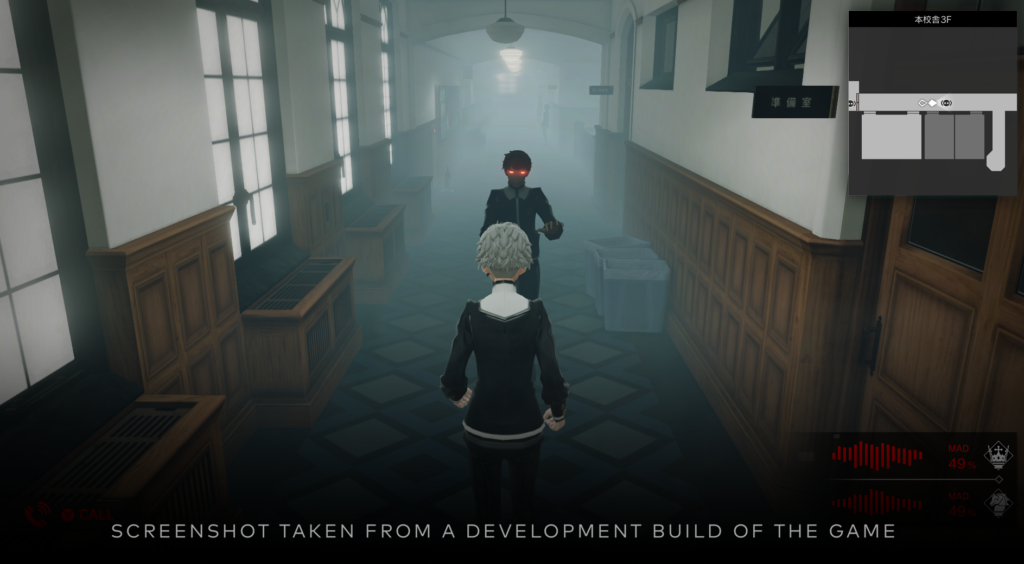
The second part of Monark takes place in the Otherworld – in essence, the battle ground where you face off against skeletal enemies known as daemons. This is more straightforward RPG fare, where you arrange your characters on the battlefield and take it in turns to take out the enemy. It’s a nice mix of turn based action and Strategy-RPG planning, as each move needs to be methodically thought out. The protagonist isn’t exactly on his own either, as various characters will join the party at different points, and even when you’re riding solo there are some spiritual beings on hand to help. The MAD gauge is present here too – filling up as you take damage, but instead of getting a game over when it hits 100%, your character will turn on the rest of the party until they are either calmed down or KO’d. You earn Spirit points for winning battles, which act as Monark’s version of EXP. Rather than being traditionally divvied up between the party, it’s a cumulative figure thatI could allocate where I saw fit. Since Spirit also doubles as the game’s currency, it became a juggling act to either power up my team or spend on potions or equipment for the daemon supporters which was refreshing to see and added a layer of depth to the proceedings.
Another twist in the battle system comes in the form of Ego, a set of seven categories which level up based on how each fight is tackled, and by answering certain questions that are posed throughout the game. Each category is named after, you guessed it, the seven deadly sins, and I found the Ego set up a really cool system. The first introduction to Ego takes the form of a short questionnaire, and answering honestly I was given an assistant daemon based on Pride, who had a high defence and could help with healing. The second time through I had a Wrath daemon join my party, who had a lower defence stat but could hit like a brickhouse. In battles Ego points are awarded on how you approach the fight, sitting back and only attack when an enemy hits first earns more Sloth points, or by using a lot of healing materials then Greed will see a bump.
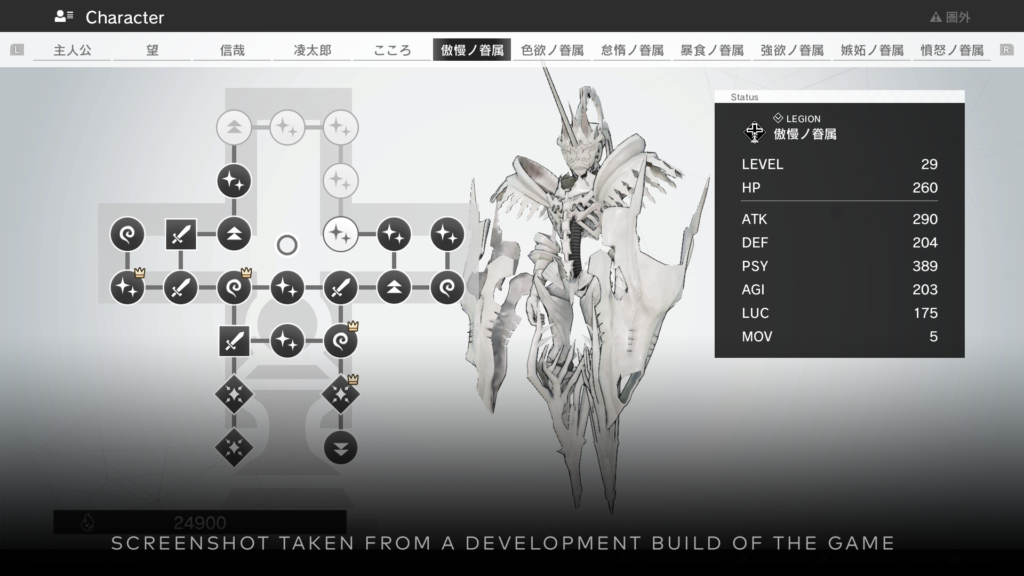
It’s a really well managed system and early in the game Ego dictates the flow of combat as you stategise your squad accordingly, but as you go through the academy, there are opportunities to game the system and equally level up all elements of your Ego, shifting the emphasis from your specific playstyle to getting all the numbers as high as possible. You could always answer honestly, but the game makes it clear why this isn’t always the best approach: the difficulty curve. The obligatory RPG grind isn’t as problematic as other games so long as you choose the correct battles to replay, but it is unfortunately a requirement to progress as enemy stats are increased whether you’re ready or not, and grinding out the Ego stats & Spirit will help in the long run.
Monark’s visuals are presented as an anime rather than a realistic looking world and this works to accommodate the game’s two contrasting environments. It didn’t push the PS5 by any stretch but the academy reminded me of my own school days, full of brown desks and grey floors and those itchy uniforms I was forced to wear. It’s almost to the game’s detriment that it brought back those nostalgic feelings, as every building appeared to be like the last with only a few key differences to tell them apart. The result was an environment that felt a little drab and lifeless – I don’t think this is the fault of the developers mind – there’s just not a lot of inspiration to play with in a school. On the other hand the Otherworld was completely different, acting like an enclosed battlefield that are more limited in scope, but still full of vibrant reds and blacks. The backgrounds are strewn with hints to who you were fighting and there’s a lot to look at and even when repeating battles. This duality spreads to Monark’s soundtrack too – where the Otherworld has a J-Pop soundtrack infused with heavy guitars and loud drums to get you pumped for battle, the school elements taking a relaxed lo-fi approach. One thing that must be said is that the voice acting is a high standard. There are the obligatory cheese moments but these are few and far between and a refreshing addition when it comes to reviewing anything that’s been dubbed from Japanese. Overall, I felt the presentation of Monark was reminiscent of the Shin Megami Tensei series, which is unsurprising since some of the same developers also worked on Sega’s franchise.
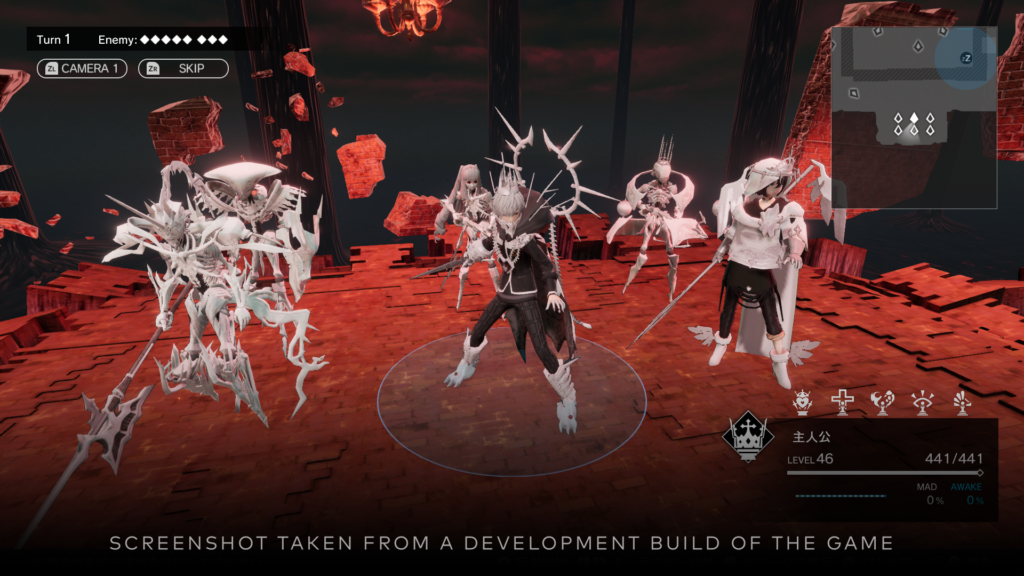
As I said in the intro, great RPGs tend to balance pacing with things to do and Monark takes ‘the less is more’ approach. There is only one overarching goal throughout the game, with no side quests as such, just the one story spread out over the game’s 50+ hour run time. With only one major plot to explore this does lead to points where the story is drawn out – the first portion of the game is very much exploring the building, find the three Ideals, defeat the Pactbearer, rinse and repeat. After twenty-three hours I was ready to call it a day and then the story decided to kick into gear and didn’t stop until the credits rolled. There are places where time could have been cut such as the opening portion, or elements of the endgame, Monark would have felt like less of a slog and elevated the experience to no end. The grind is annoying but expected as part of the RPG trope but to Monark’s credit, battles are snappy and can be sped up with a tap of R2.
Monark treads the fine line between a good RPG and a truly great one. I enjoyed that it was a stripped back affair and that I only had the story to focus on instead of thousands of pointless side quests. The story, while dark, was enjoyable, particularly in the second half of the game. Some of the investigative portions really tested my mettle and while there is a grind to keep up with the difficulty curve, this was well balanced and always fair. But because the story was linear, the game felt it was in danger of becoming boring. If the early stages of hunting Pactbearers wasn’t the same process in a different environment, Monark would be a truly great game. Don’t get me wrong, it’s a pretty good RPG, but the flaws are noticeable, and it runs the risk of putting people off, especially those with a high Sloth stat.
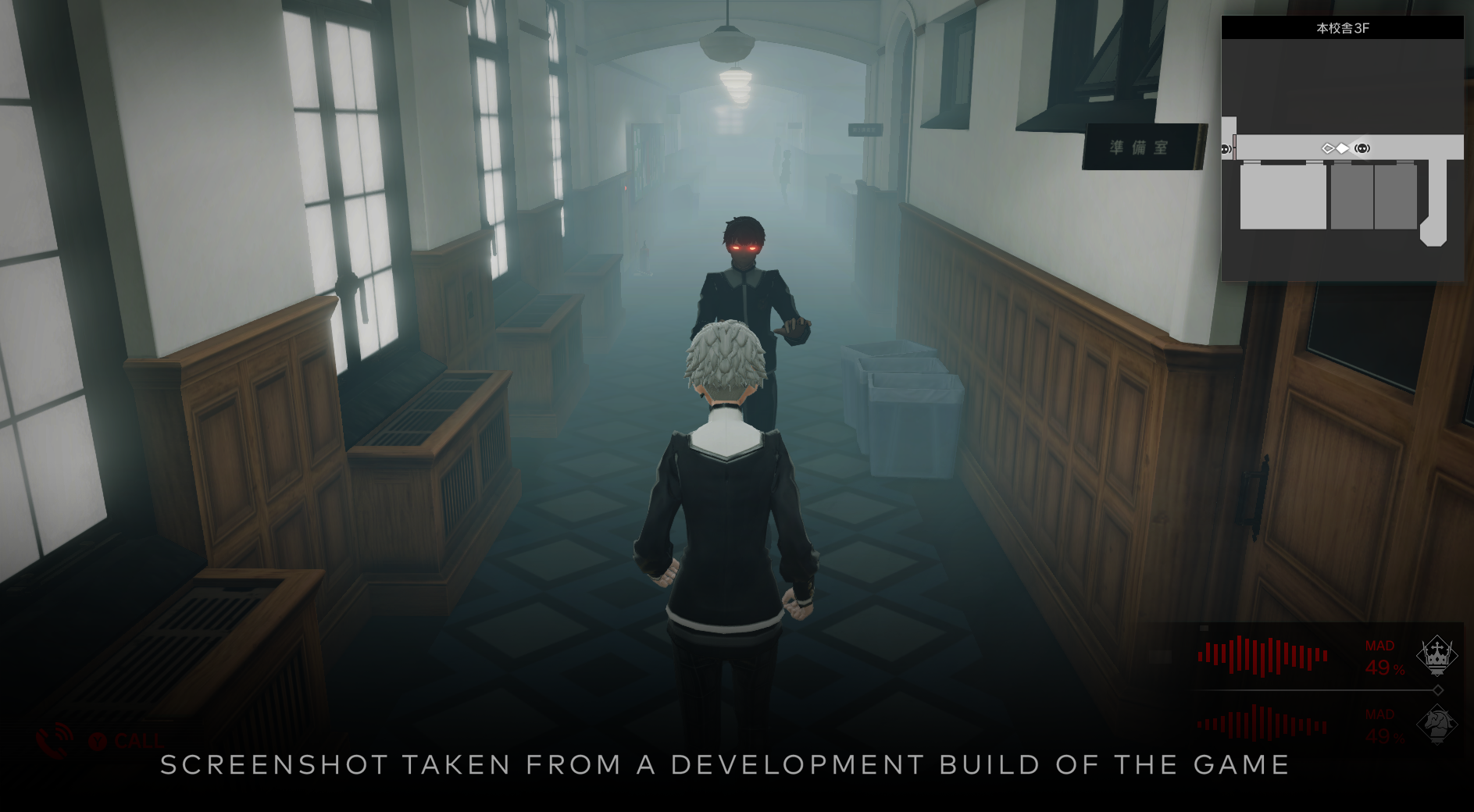
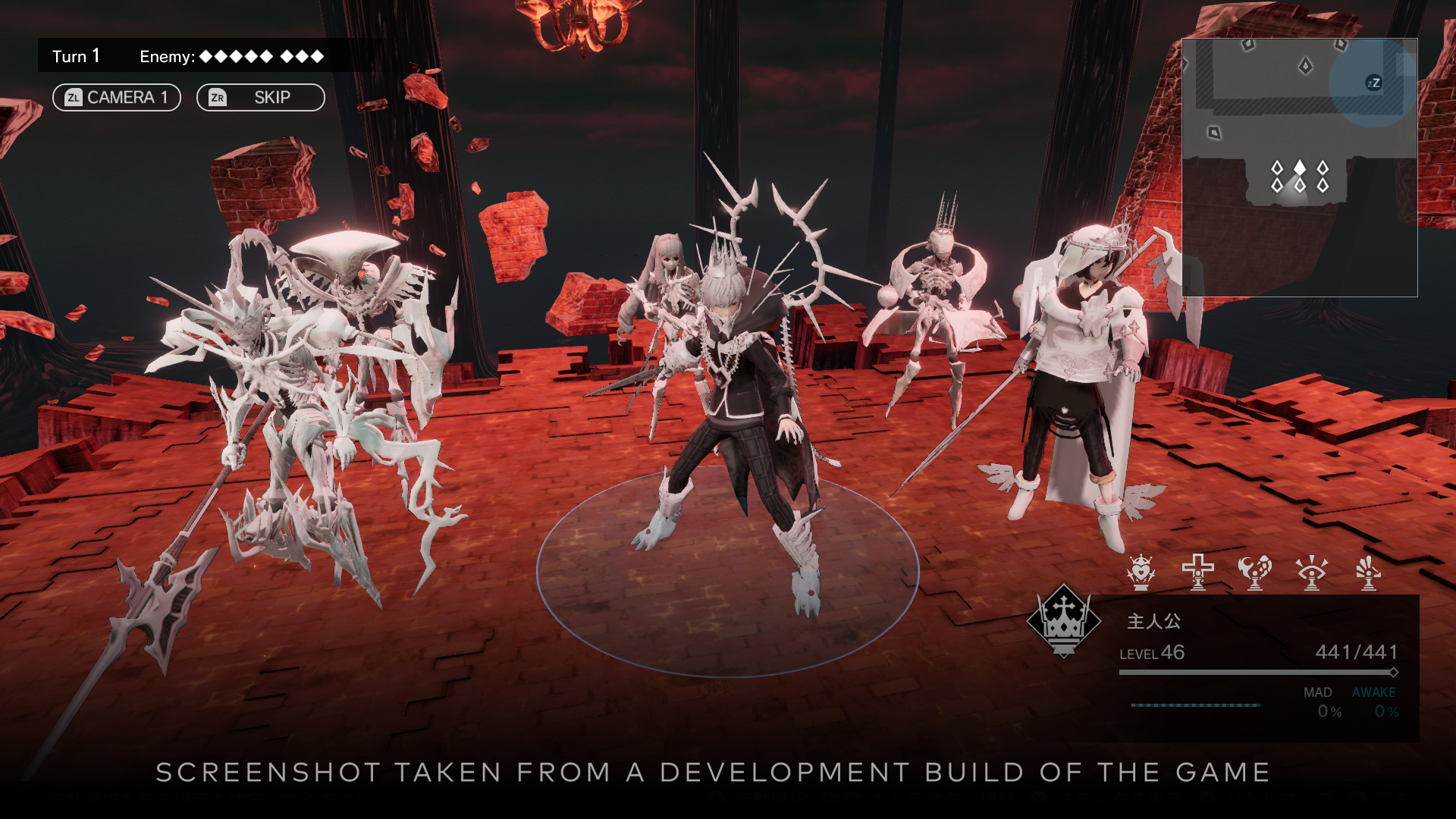
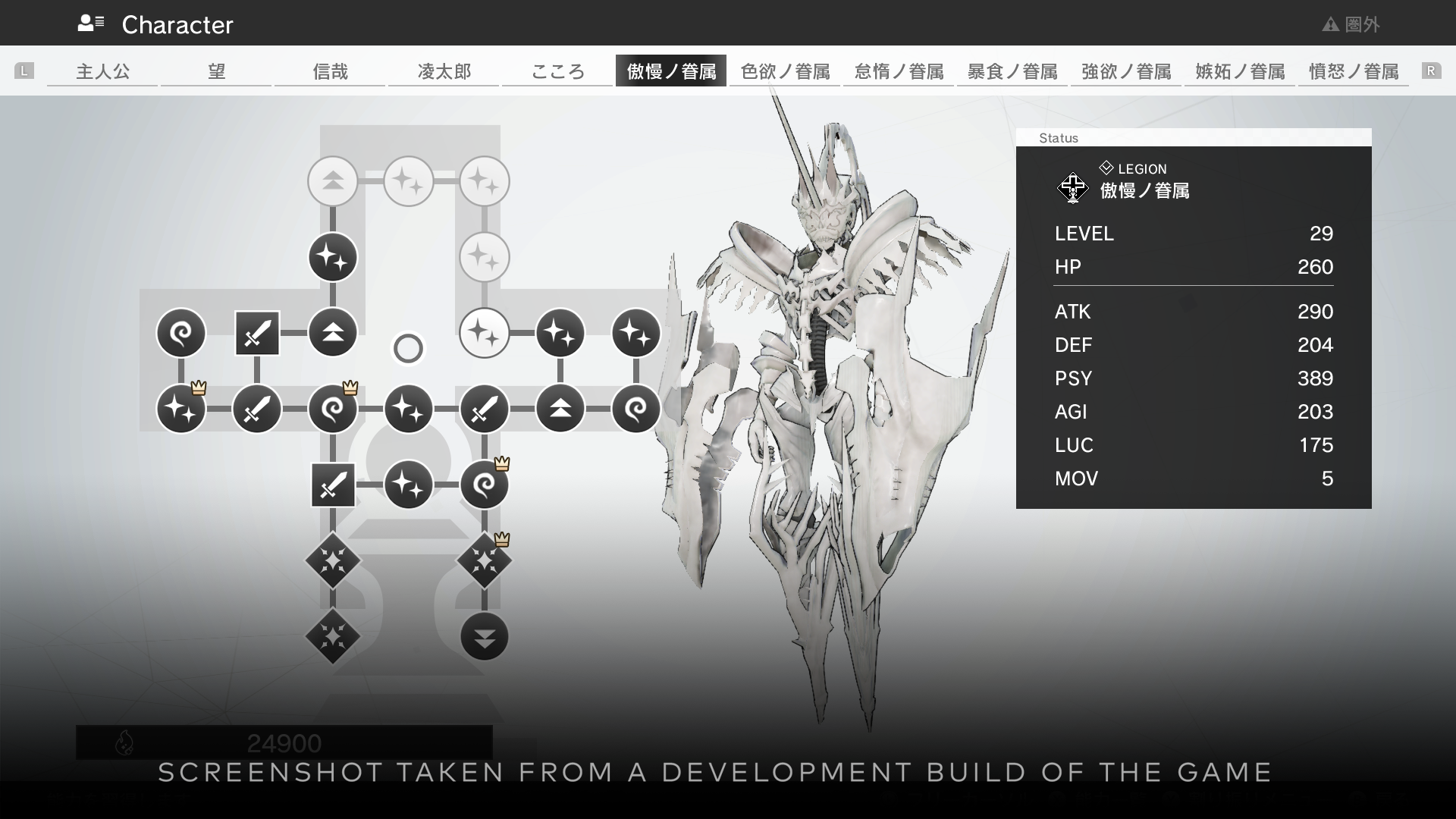
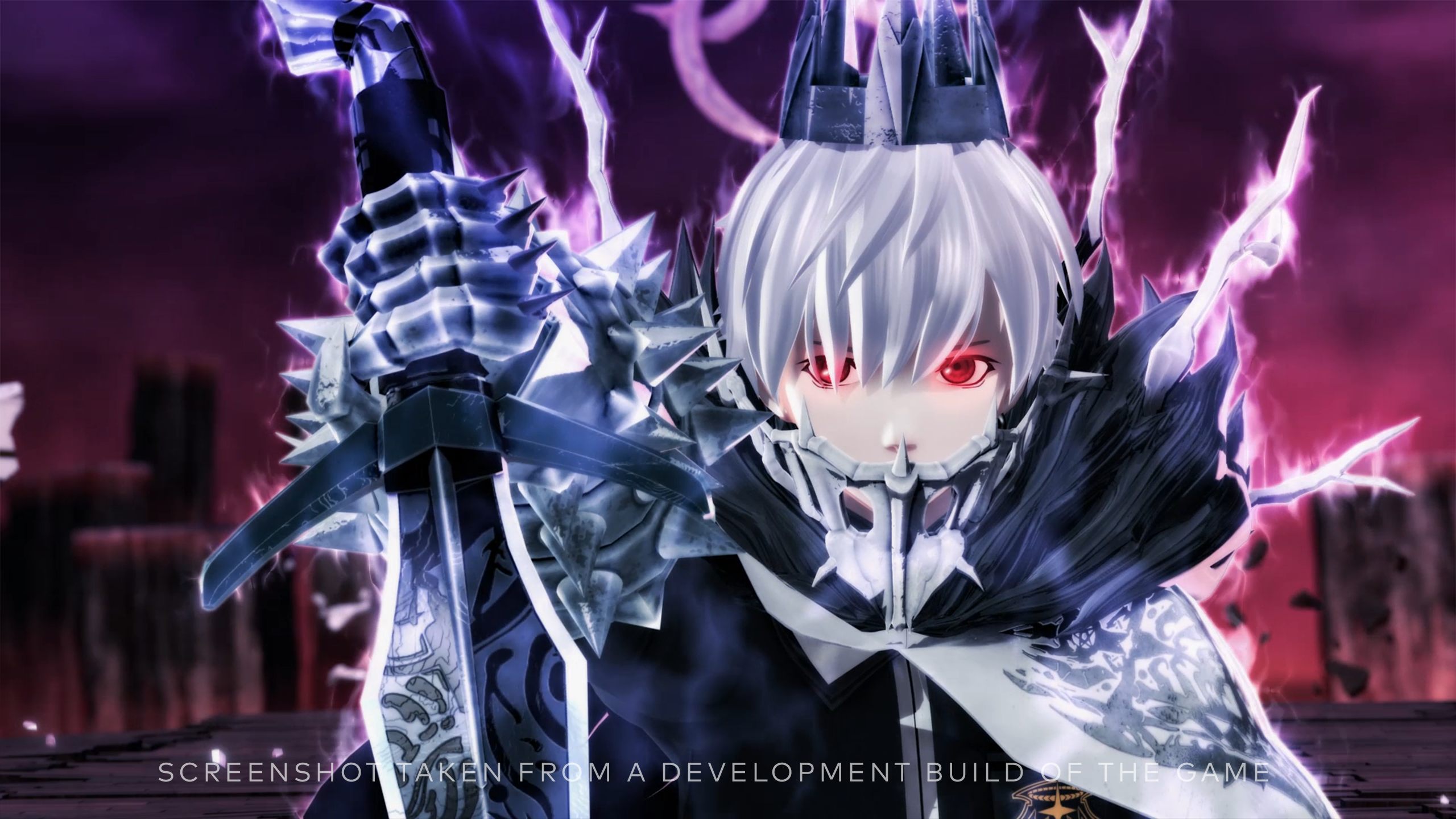
In the interest of full disclosure, the publisher provided VGamingNews with a copy of the game in order to conduct this review.








